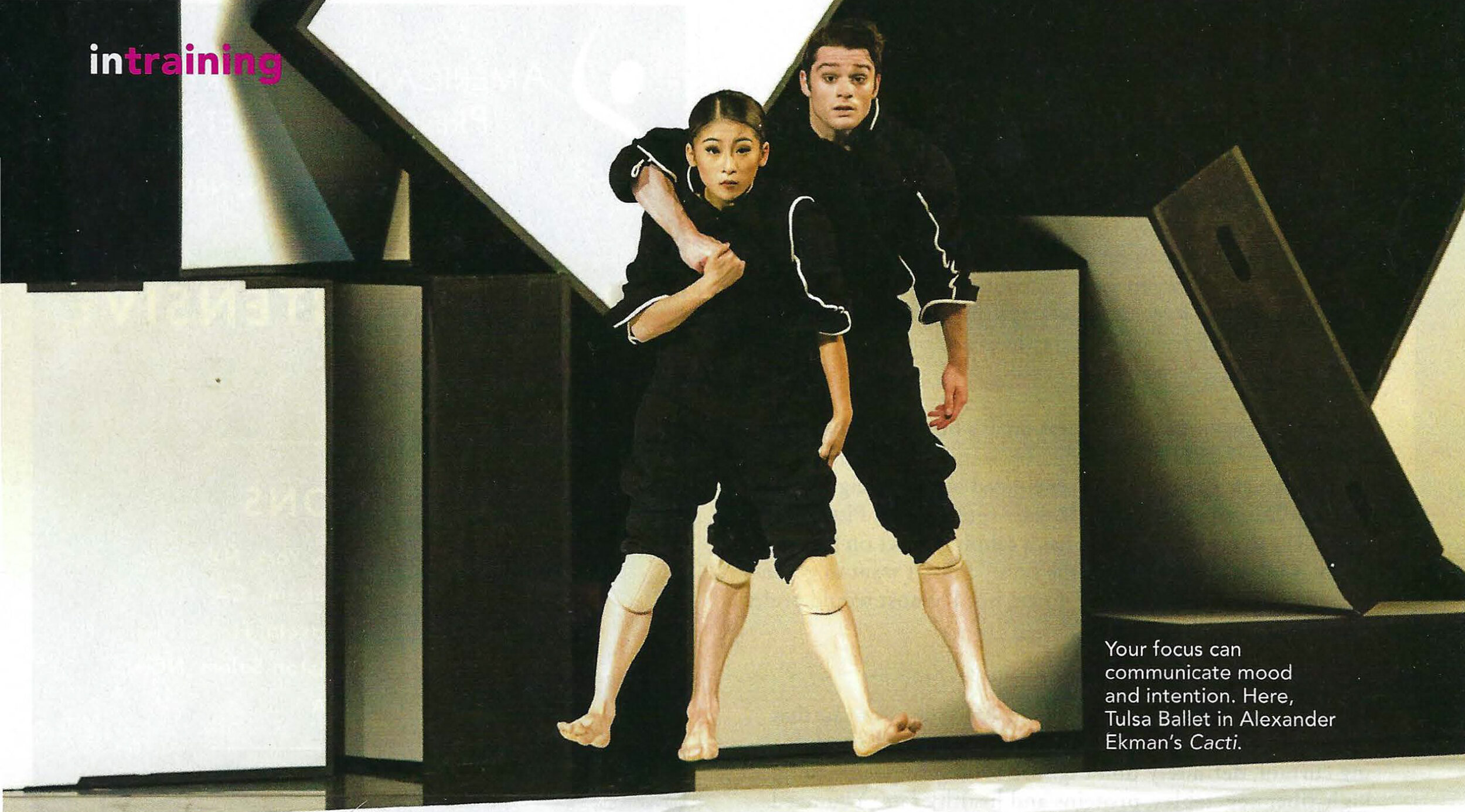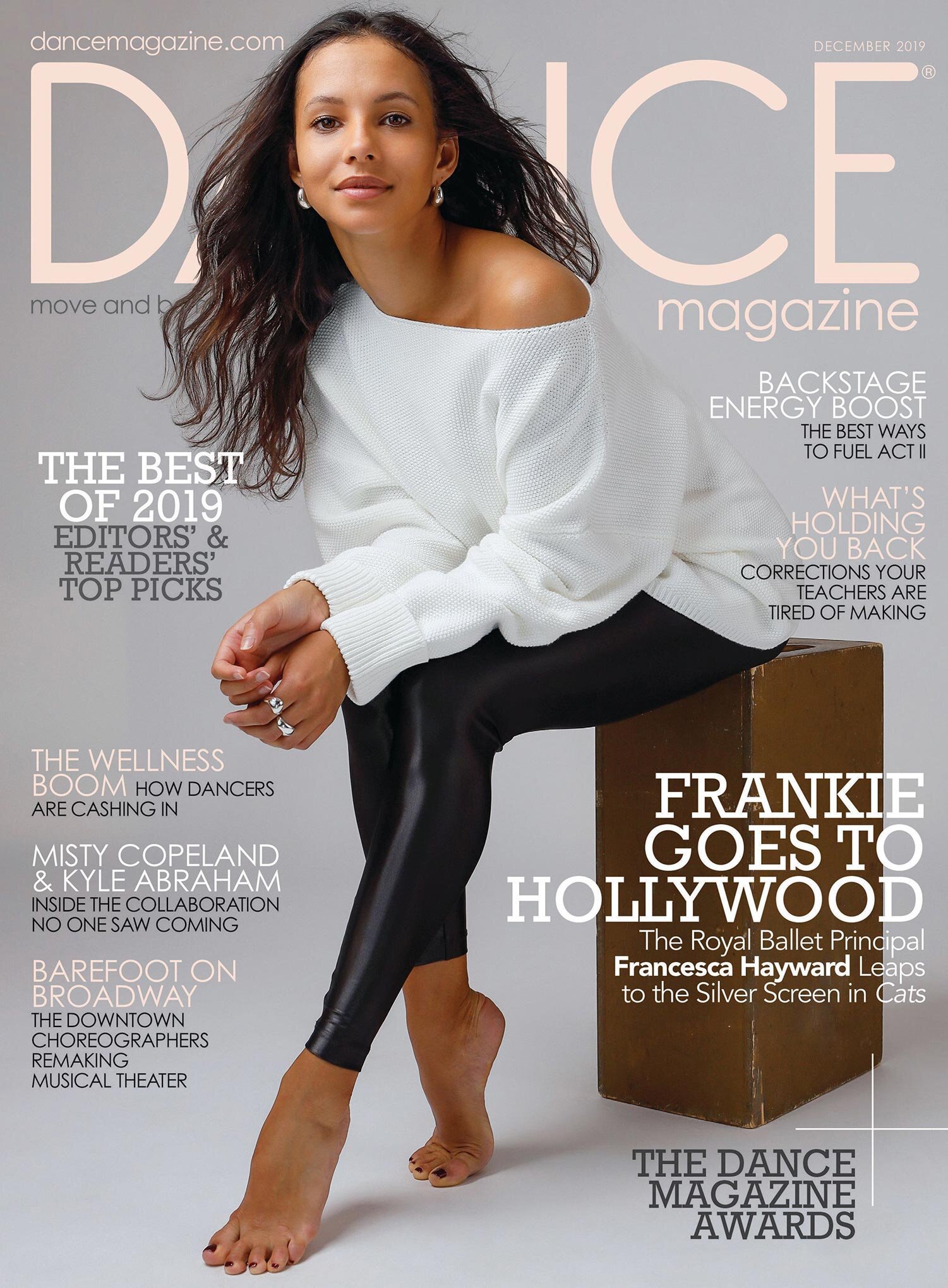Put Your Best Face Forward
Artist Estate Studio Cofounder, Julia Gleich was interviewed by Garnet Henderson about how important facial expressions are and how often they’re forgotten about in dance.
Put Your Best Face Forward
Develop a more expressive, versatile face
BY GARNET HENDERSON
A dancer's face can be a powerful tool to convey personality, emotion or character, and it's often the first thing noticed by the audience. Yet dancers sometimes forget about it entirely because they are so focused on the rest of the body. Making better use of your face can add nuance to your roles, and help you forge a deeper connection to the audience.
Know Your Motivation
DO
Acknowledge that different styles call for different approaches. "Limon is very natural. It's all about breath, and having an open face," says Julia Gleich, faculty member at Trinity Laban in London. "Graham is much more about longing and urgency. It's a more narrow focus, like there are laser beams coming out of the eyes." Dancers can practice expressing different movement qualities with the face as well as the body. "A perfect example is something that's strongly percussive, like a tango," says Gleich. "How can you reflect that dramatic, powerful, explosive quality in the face?"
DO
Take acting classes. Whether or not you're doing character work, they can help you gain better control over your facial expressions and make choices about what to do with your face.
DON’T
Let your face be blank, unless it's a choreographic choice. "Sometimes in contemporary dance it looks like the body is moving, but the face doesn't know it," says Gleich. Remember that you are still yourself while in the studio. "You don't have to check your whole life at the door," she says.
DON’T
Go overboard. For example, while hip hop requires a different type of facial expression than ballet or modern, says Steven Vilsaint, a hip-hop teacher at Accent Dance NYC, it should still be nuanced. Over-the-top faces don't always communicate a feeling or narrative to an audience. "Dance is a language," he says. "Make sure you're telling the story you want to tell."



